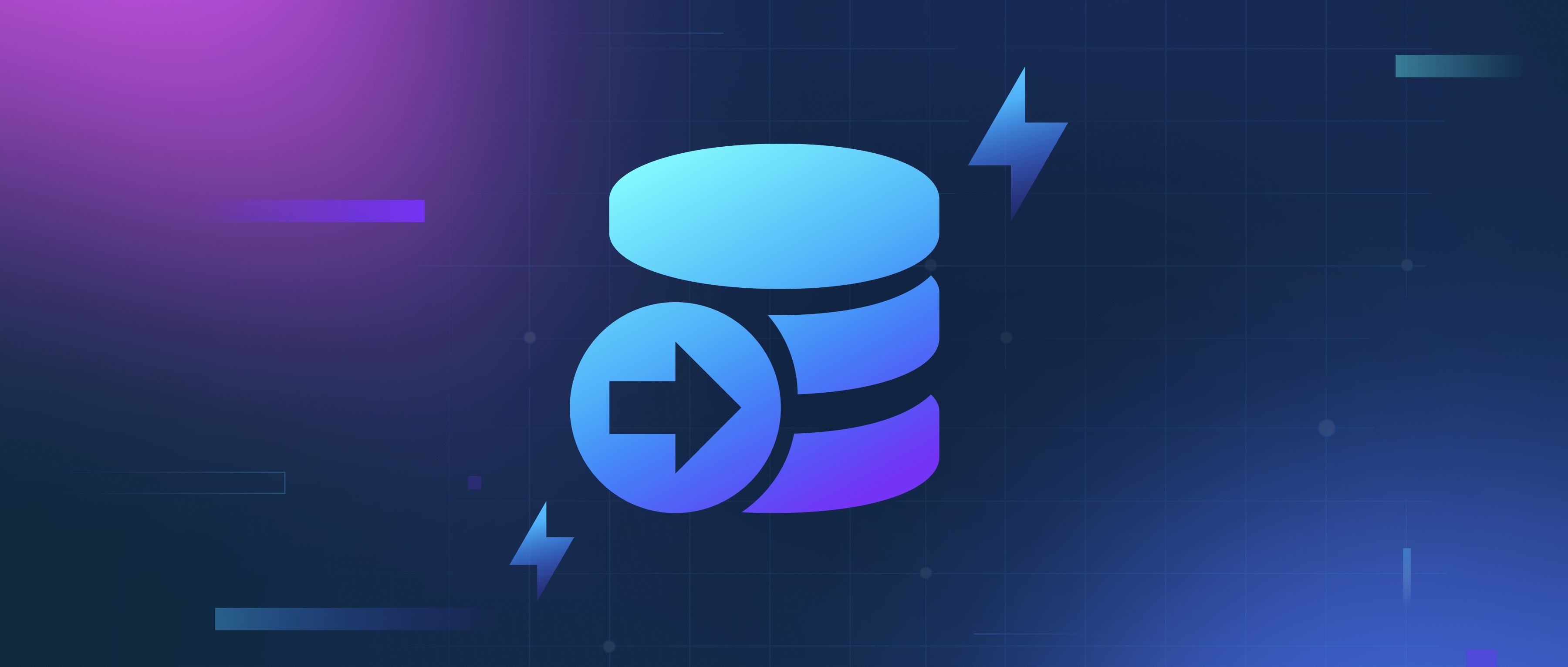LangChain provides a framework that simplifies the process of building custom agents for various applications, particularly those that involve natural language processing and understanding. At its core, LangChain allows you to combine different components such as language models, tools, and data loaders to create agents that can perform specific tasks. This enables developers to design agents that can interact with users and execute functions based on the input they receive.
To build a custom agent using LangChain, you start by selecting a base language model that forms the core of your agent's capabilities. For example, you could choose models like OpenAI's GPT series or Hugging Face's transformers. Once you've chosen a model, you can incorporate different tools and utilities that your agent can access. For instance, if your agent needs to fetch data from external APIs or execute predefined commands, you can integrate those functionalities easily. LangChain supports various tools, allowing you to enhance the abilities of your custom agent without starting from scratch.
After setting up the model and tools, you'll need to define the logic that governs how the agent should respond to user inputs. LangChain encourages a structured approach to define this logic through workflows, which can include conditionals and branching paths based on user interactions. This flexibility allows you to tailor the agent's behavior to suit your application’s requirements. You can create agents that provide information, engage in conversations, or even automate tasks—all while keeping the code manageable and clear. By following these steps, LangChain enables developers to create powerful custom agents tailored to their specific needs.
